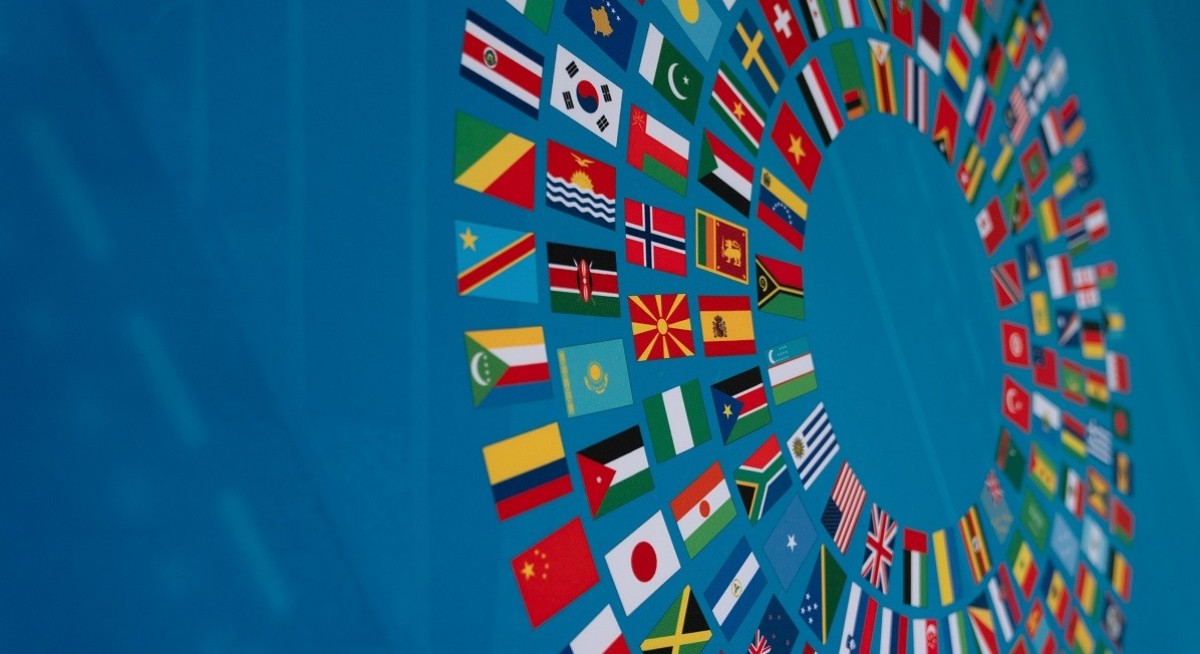The upgraded forecast for this year is largely due to factors that provided temporary relief — a burst in activity as companies and households rushed to get goods in anticipation of high tariffs and a weaker dollar that bolstered global trade, the IMF said. Looking ahead, the outlook points to “dim prospects” both in the short and the long term, according to the report.
“It’s not as bad as we feared but it’s worse than we anticipated a year ago and worse than we need,” IMF Chief Economist Pierre-Olivier Gourinchas said in a briefing with reporters. “We still see the risks tilted to the downside.”
IMF Lifts Global Growth Forecast for This Year | Projection for increase in 2026 stays unchanged
See also: Sumitomo Mitsui Financial Group accelerates India expansion after US$5 bil buying blitz
Finance ministers and central bankers are gathering this week in Washington for the IMF and World Bank’s annual meetings under the renewed threat of a trade war between the world’s largest economies.
After a relative lull in recent months, tensions are riding high again, with US President Donald Trump saying last week he would hit China with an additional 100% tariff starting Nov 1 — a response to Beijing’s recently added curbs on rare earth exports. Both sides have since indicated that talks are still possible to avert any escalation.
See also: French inflation unexpectedly holds steady as Spain stays strong
IMF Projections for Economic Output in 2026
In the US, economic growth will slow to 2% this year, marking a significant stepdown from 2024, and remain steady at 2.1% in 2026, according to the IMF. Growth in the euro zone is seen picking up to 1.2% this year and 1.1% next. China’s expansion is forecast to downshift to 4.8% in 2025 and 4.2% in 2026.
Multiple factors helped cushion the blow from tariff shocks in the first half, including a boom in artificial intelligence investment, Gourinchas said in a blog post.
China withheld the impact from high levies in part by redirecting its exports to Asia and Europe and thanks to fiscal support, while Germany’s fiscal expansion lifted the rest of the euro area, he said.
In an attempt to strip away the volatility in forecasts this year and remove distortion from the front-loading of imports that boosted activity in the first half, the IMF looked at sequential growth from the second half of 2025 into 2026. That analysis projects the world economy to grow at an annualised average rate of 3% over the 18-month period, down 0.6 percentage point from the 3.6% average rate in 2024.
“Despite multiple offsetting drivers, the tariff shock is further dimming already lacklustre growth prospects,” Gourinchas said in the blog post. “We expect a slowdown in the second half of this year, with only a partial recovery in 2026.”
In its report, the IMF notes increasing signs that the impact of high levies is starting to be felt, including in the US, where a key measure of inflation has risen and unemployment has ticked up.
To stay ahead of Singapore and the region’s corporate and economic trends, click here for Latest Section
Inflation is stabilising above central bank targets in several other countries and the outlook for prices remains uncertain, complicating the outlook for monetary policymakers, the IMF said.
Among other reasons for concern is an ongoing borrowing binge. Governments will need to find ways to cut spending, particularly in Europe, given the additional costs linked to ageing populations, increased defence spending and on energy security.
“The calculus of post-pandemic debt sustainability is complicated by elevated debt ratios, worsening primary balances, higher interest rates, and a weakening growth outlook,” the IMF said.




